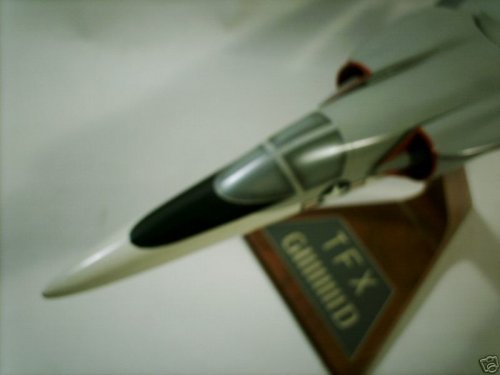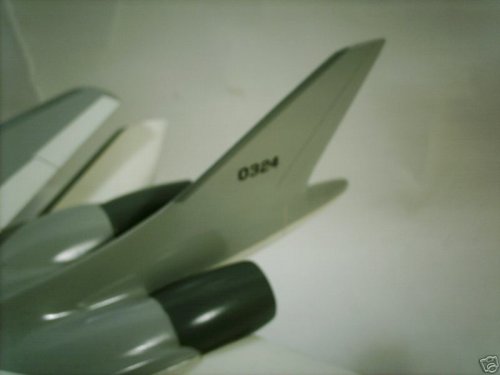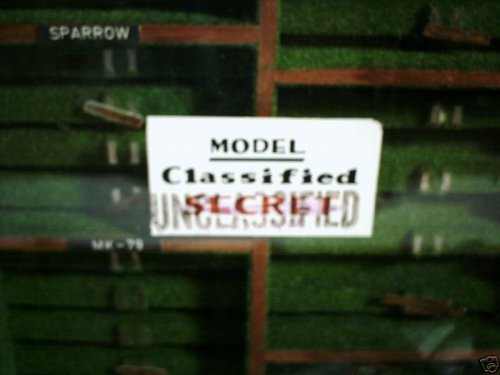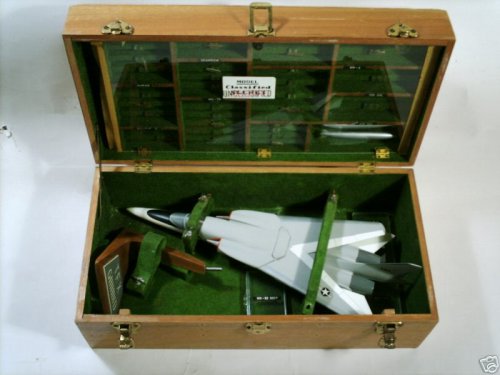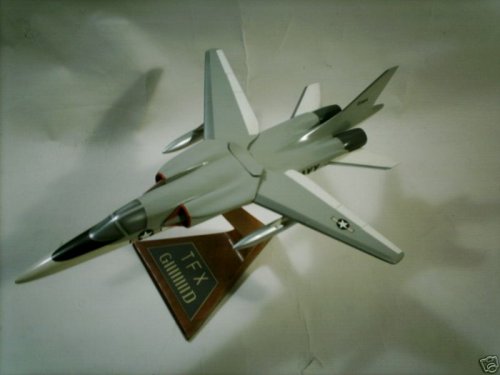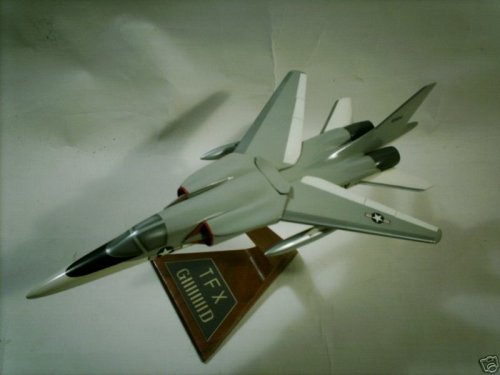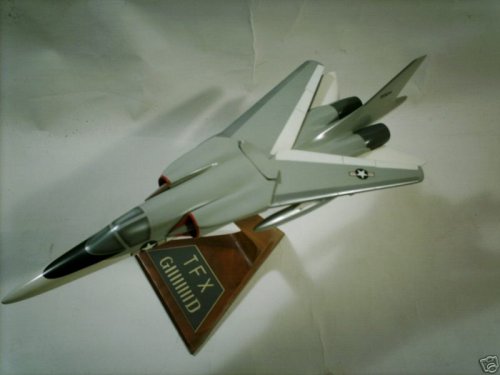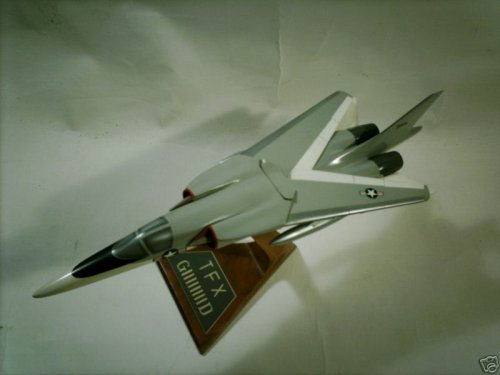Akaikaze
The hardest word to define is 'Normal'
- Joined
- 13 January 2007
- Messages
- 66
- Reaction score
- 6
Still, much of the information I've read says the all the Services were eyeing the Boeing design as the final choice, and the only people who were Not shocked by the GD being named the winner were the SoD  and GD. That's why there was a congressional investigation of the matter.
and GD. That's why there was a congressional investigation of the matter.
If the Services were apprehensive about Boeing, why bother? Boeing's design may have had some flaws, but it seems like GD problems were worse, and were proven correct by out of control costs, inlet design flaws, crashes of the early models, the British cancelling their order, and the Australians not taking theirs until everything was fixed (about a 10 year wait).
You're likely right. Boeing's was likely tailored for only one service, which means they took a chance, hoping the 'Whiz Kids' would come to their senses and realize you Cannot make an Air Force bomber into a Navy fighter and actually perform both roles, allowing them to build the bomber and let the Navy get a fighter that could actually fight and operate from their ships. The A-5 would have been a better choice, at least they knew it could operate from carriers. Relieved of such a burden, Boeing's design would have been cheaper, because it would only need the equipment for one role, instead of All-Singing-All-Dancing, having everyone stick want They wanted in the plane, and making it work.
No, GD only seemed to have won because they were either too naive to realize the requirement could not be fulfilled by one machine, or they were manipulative and told the SoD EXACTLY what he wanted to hear, whether or not it would work.
If the Services were apprehensive about Boeing, why bother? Boeing's design may have had some flaws, but it seems like GD problems were worse, and were proven correct by out of control costs, inlet design flaws, crashes of the early models, the British cancelling their order, and the Australians not taking theirs until everything was fixed (about a 10 year wait).
You're likely right. Boeing's was likely tailored for only one service, which means they took a chance, hoping the 'Whiz Kids' would come to their senses and realize you Cannot make an Air Force bomber into a Navy fighter and actually perform both roles, allowing them to build the bomber and let the Navy get a fighter that could actually fight and operate from their ships. The A-5 would have been a better choice, at least they knew it could operate from carriers. Relieved of such a burden, Boeing's design would have been cheaper, because it would only need the equipment for one role, instead of All-Singing-All-Dancing, having everyone stick want They wanted in the plane, and making it work.
No, GD only seemed to have won because they were either too naive to realize the requirement could not be fulfilled by one machine, or they were manipulative and told the SoD EXACTLY what he wanted to hear, whether or not it would work.






